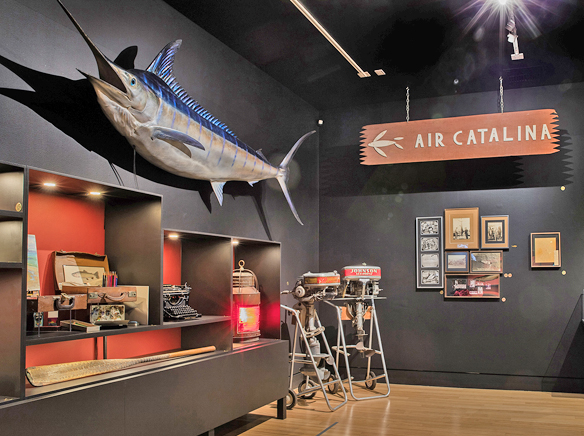A new exhibit at the Catalina Island Museum for Art & History highlights the museum’s seven-decade role in preserving the island’s unique history and art. With a growing permanent collection, the museum unveils previously unseen captivating artifacts in the exhibition. On display until fall 2024, the exhibit shares curious artifacts, photos, and paintings revealing Catalina Island’s enthralling ties to early California history.
Here are some highlights:
The First Letter: Dating back to 1826, this is the earliest known letter carried eastward from Alta, California via Cape Horn. Sent from Catalina Island to Ipswich, Massachusetts, it shares the writer’s experiences during the long journey, including the boredom and everyday life on the ship. The postmark on the letter offers a glimpse into its voyage.
Cedar Chest from the USS Olympia: This chest, once housed on the USS Olympia commissioned in 1895, is a piece of history from the oldest steel American warship still afloat.
Cannon Cast from a Shipwreck Salvage: A nine-inch brass cannon cast found underwater near Catalina, once part of The Valiant, a luxurious 162-foot yacht owned by Charles S. Howard. The yacht met its demise in 1930 when the gasoline generator exploded while the ship was moored.
Rattlesnake Oar: An oar wrapped in snakeskin, a peculiar yet fascinating artifact. In 1901, artist Frances Lauderbach decided to put rattlesnake skin on the oar after a hiking adventure on the island. It’s a testament to the island’s history and creative spirit.
The Post Office Clock: Once gracing the first official Avalon Post Office, this clock has its own tale to tell. When displayed as part of the exhibition, the time was set to a little past 8 p.m., a nod to the time when the museum’s founders first met in 1952 to discuss creating a new island museum.











